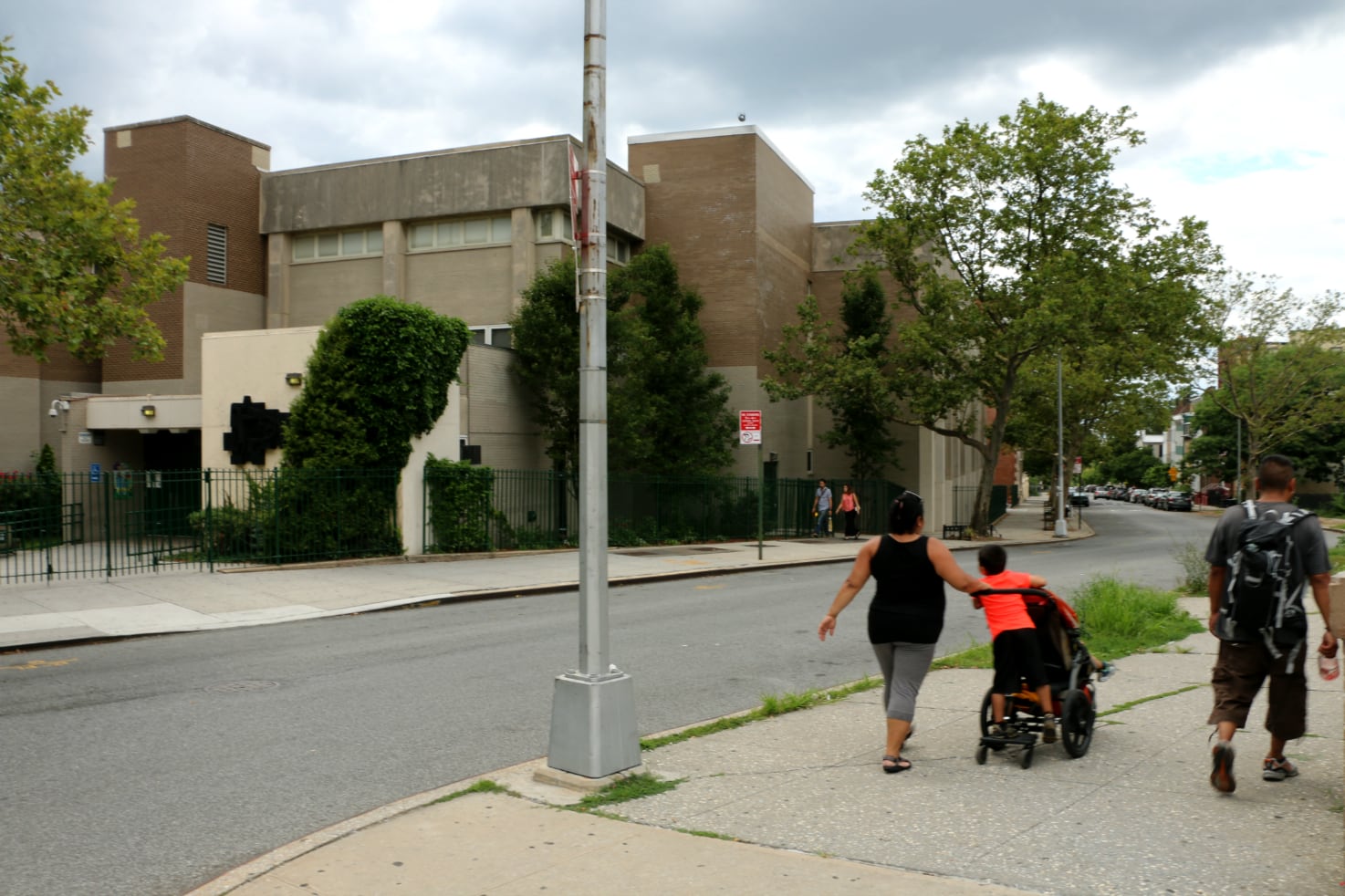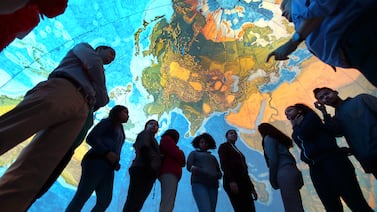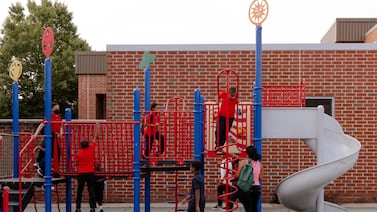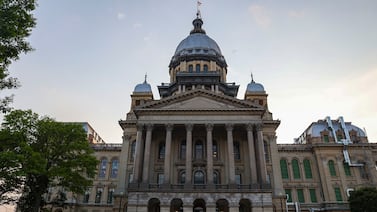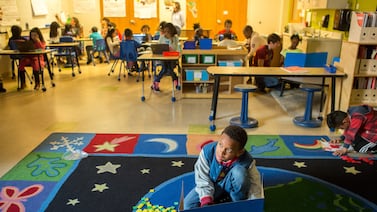New York City’s protocol for positive coronavirus cases inside of schools is facing an early test one day after educators returned to their buildings for the first time since March.
A staff member at Brooklyn’s M.S. 88, in South Slope, and at P.S. 1, in Sunset Park, tested positive for the coronavirus, city officials confirmed Wednesday. Both Brooklyn buildings remained open, but staffers participating in professional development at the schools were not required to come in, according to the education department.
The cases, first reported by Gothamist, come as teachers returned to their schools this week — many with trepidation due to concerns about ventilation or because their colleagues are going without masks — to begin preparing for the new school year. In-person instruction was delayed 11 days, after growing demands for more planning time.
Experts say that new cases are to be expected at schools, but when they are uncovered, officials should act quickly and transparently to build trust with the community, including educators, many of whom don’t believe the city’s reopening plans are safe enough.
Principals at both schools immediately alerted staffers of the positive cases Tuesday night, according to a department spokesperson. Officials did not clarify how the school administrators first learned of the cases, or how much time elapsed between the positive results and notification of building staff.
One positive case does not trigger a full building shutdown, but instead the closure of the classroom where the person was. Meanwhile NYC Test and Trace — the city’s program for finding close contacts of coronavirus patients — investigates, according to the city’s protocol. More classrooms could be quarantined, and even a building closure could follow, if the investigation shows, for example, that a child who tested positive had a sleepover with children in other cohorts at the school.
Mayor Bill de Blasio has said schools will not reopen if cases surge above 3% over a 7-day rolling average. The infection rates have hovered around 1% for the past week.
Public health experts were not surprised by the coronavirus cases at schools, saying it’s not a cause for alarm. Even with relatively low levels of transmission in the city, a small slice of school staff may test positive for the virus, representing hundreds of people.
“We should expect to see some cases among staff, but that doesn’t mean there’s COVID transmission in school,” said Benjamin Linas, an epidemiologist at Boston University. “The ability to see it happen, react, and close — that’s a success.”
A single confirmed case should not shut down a school, and knee-jerk closures should be avoided, he added, but schools should have a plan to swiftly address infections as they crop up.
Multiple experts said New York City’s protocols for handling positive cases are reasonable, though they emphasized that clear public communication and sticking to the procedures is essential to maintaining trust.
They also stressed that measures such as social distancing, wearing masks, and ensuring classrooms are properly ventilated go a long way to reduce the risk of transmission in schools. The city’s own inspections of school ventilation systems show that most bathrooms need repairs to ensure proper airflow, and many educators are doubtful that the city’s inspections were thorough enough.
Michael Mulgrew, the president of the union representing city teachers, said the United Federation of Teachers would work with the education department and health officials “to make sure that all affected schools follow the quarantine and contact-tracing guidelines.”
Officials did not explain why all staffers at the Brooklyn schools were given the option to stay home when a full building shutdown was not required.
Once a positive case is reported, the city’s test and trace program is charged with finding any close contacts to the person with the coronavirus — meaning, anyone who was within 6 feet of that person for more than 10 minutes. Those close contacts will be asked to quarantine for 14 days, according to the city’s protocol.
Staff members and students can get tests with expedited results at 34 sites throughout the city. The education department has “encouraged” but is not requiring staff members to be tested before returning to buildings. Last week Mayor Bill de Blasio struck a deal with union leaders to conduct random monthly testing of up to 20% of students and staff.
“School staff have access to free, expedited testing and we’ve encouraged all staff to get tested before they return to buildings while we continue to navigate the realities of a pandemic,” said Miranda Barbot, a spokesperson for the department, in a statement. “Our protocol is to immediately notify staff and test and trace will begin an investigation to determine any close contacts. We’ll require any staff identified as close contacts to quarantine, and remain vigilant to prevent spread.”
Many educators are wary of how New York City is handling positive cases, based on their experience in March, when school buildings closed. The city mandated teachers to report to their schools the week after students stopped going in — even though the health department had stopped confirming whether there had been positive cases within the school community. Rumors swirled among staff that colleagues were sick, leaving lingering distrust among many educators now faced with returning to their buildings.
Since then, de Blasio has said the city will ramp up testing to 50,000 a day, though state data shows the number has been around 30,000. Additionally, the education department says that students and teachers can self-report positive cases, such as one from a private urgent care clinic, rather than waiting for confirmation from the health department.
Meanwhile, a growing number of students continue to opt out of in-person learning. Nearly 40% so far have chosen to learn from home full-time, while the rest are expected to participate in a hybrid model, attending school one to three days a week.


